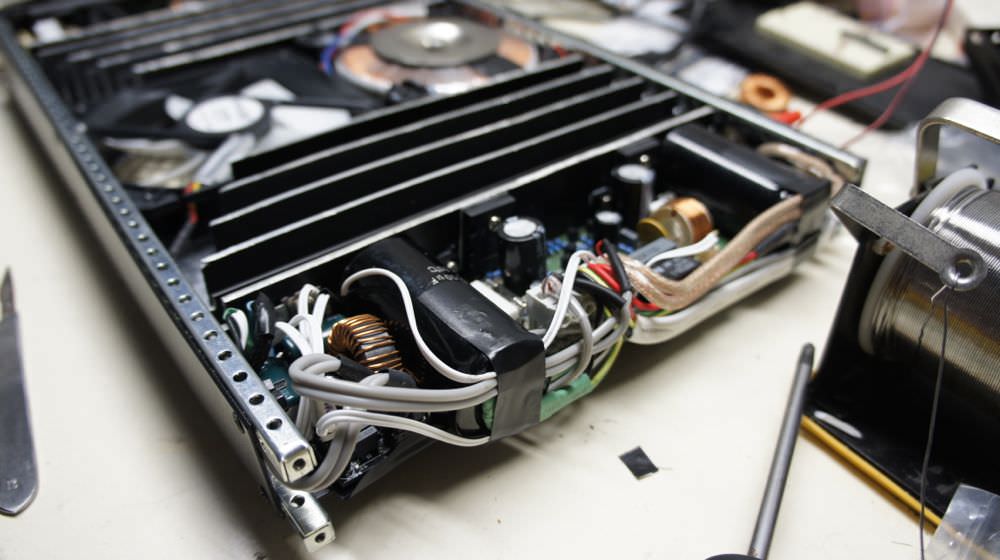I have been designing and building audio amplifiers since high school. I don’t have a cogent justification for this hobby since it would be cheaper, easier, and better to buy a professionally made amplifier (admittedly, most hobbies are somewhat irrational). Nevertheless, I get a kick out of designing circuits, and for some reason, amplifiers in particular.
I have now honed my amplifier design to give inaudible noise and distortion (SNR > 120 dB and THD < 0.001 %, respectively). There are better amplifiers out there, but once the non-ideal components are inaudible, any further improvement is purely academic.
Despite the hundreds of hours I have spent designing and building audio circuits, I am rarely compelled to use them with a set of speakers. I prefer the electronics challenge, the final system is less interesting to me. Nevertheless, having conquered the power amplifier design stage, I boxed up the most recent amplifier iteration to use with a pair of Klipsch RB-61 II speakers. As you can see in the above picture (click to see the gallery), the boards weren’t designed with construction in mind. The mess of cables and cheap connectors used to string the board together proved so unreliable that I had to wire and rewire the amplifier five times before everything worked.
So in the relentless pursuit of excellence in amplifier design, there are several issues I intend to target in the next iteration:
- Move all circuits to a single PCB, eliminating the majority of cables and connectors
- Transition from a linear power supply to a more efficient and compact switch-mode design
- Use digital inputs, coupled with a high quality DAC to minimise noise and distortion from the audio source
- Design the PCB to mate with the case
Work is already underway on version 5. I hope to share my progress with you soon.
